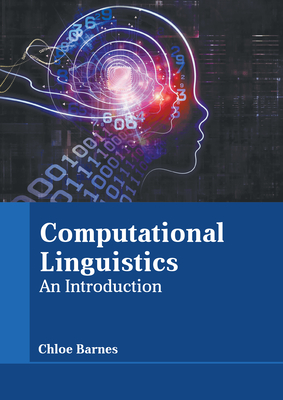增广还是不增广?低资源自然语言处理中文本增强技术的比较研究
IF 5.3
2区 计算机科学
Q2 COMPUTER SCIENCE, ARTIFICIAL INTELLIGENCE
引用次数: 17
摘要
摘要渴望数据的深度神经网络已经成为许多NLP任务的事实标准,包括传统的序列标记任务。尽管它们在高资源语言上有着最先进的性能,但在低资源场景中仍然落后于统计上的同类语言。反击这个问题的一种方法是文本扩充,即从现有数据中生成新的合成训练数据点。尽管NLP最近出现了几种新的文本增强技术,但该领域仍然缺乏对各种语言和序列标记任务的系统性能分析。为了填补这一空白,我们研究了三类文本扩充方法,它们在语法(例如,裁剪子句)、标记(例如,随机单词插入)和字符(例如,字符交换)级别上进行更改。我们使用各种模型系统地比较了一组不同语系的词性标注、依赖解析和语义角色标注方法,包括依赖于预训练的多语言上下文语言模型(如mBERT)的架构。增强最显著地改进了依赖解析,其次是词性标记和语义角色标记。我们发现实验技术在形态丰富的语言上是有效的,而不是像越南语这样的分析语言。我们的结果表明,增强技术可以在基于mBERT的强基线上进一步改进,尤其是在依赖解析方面。我们将字符级方法确定为最一致的执行者,而同义词替换和语法增强提供了不一致的改进。最后,我们讨论了结果在很大程度上取决于任务、语言对(例如,句法级别的技术大多有利于更高级别的任务和形态上更丰富的语言)和模型类型(例如,标记级别的增强为BPE提供了显著的改进,而字符级别的增强通常为基于char和mBERT的模型提供了更高的分数)。本文章由计算机程序翻译,如有差异,请以英文原文为准。
To Augment or Not to Augment? A Comparative Study on Text Augmentation Techniques for Low-Resource NLP
Abstract Data-hungry deep neural networks have established themselves as the de facto standard for many NLP tasks, including the traditional sequence tagging ones. Despite their state-of-the-art performance on high-resource languages, they still fall behind their statistical counterparts in low-resource scenarios. One methodology to counterattack this problem is text augmentation, that is, generating new synthetic training data points from existing data. Although NLP has recently witnessed several new textual augmentation techniques, the field still lacks a systematic performance analysis on a diverse set of languages and sequence tagging tasks. To fill this gap, we investigate three categories of text augmentation methodologies that perform changes on the syntax (e.g., cropping sub-sentences), token (e.g., random word insertion), and character (e.g., character swapping) levels. We systematically compare the methods on part-of-speech tagging, dependency parsing, and semantic role labeling for a diverse set of language families using various models, including the architectures that rely on pretrained multilingual contextualized language models such as mBERT. Augmentation most significantly improves dependency parsing, followed by part-of-speech tagging and semantic role labeling. We find the experimented techniques to be effective on morphologically rich languages in general rather than analytic languages such as Vietnamese. Our results suggest that the augmentation techniques can further improve over strong baselines based on mBERT, especially for dependency parsing. We identify the character-level methods as the most consistent performers, while synonym replacement and syntactic augmenters provide inconsistent improvements. Finally, we discuss that the results most heavily depend on the task, language pair (e.g., syntactic-level techniques mostly benefit higher-level tasks and morphologically richer languages), and model type (e.g., token-level augmentation provides significant improvements for BPE, while character-level ones give generally higher scores for char and mBERT based models).
求助全文
通过发布文献求助,成功后即可免费获取论文全文。
去求助
来源期刊

Computational Linguistics
工程技术-计算机:跨学科应用
CiteScore
15.80
自引率
0.00%
发文量
45
审稿时长
>12 weeks
期刊介绍:
Computational Linguistics, the longest-running publication dedicated solely to the computational and mathematical aspects of language and the design of natural language processing systems, provides university and industry linguists, computational linguists, AI and machine learning researchers, cognitive scientists, speech specialists, and philosophers with the latest insights into the computational aspects of language research.
 求助内容:
求助内容: 应助结果提醒方式:
应助结果提醒方式:


